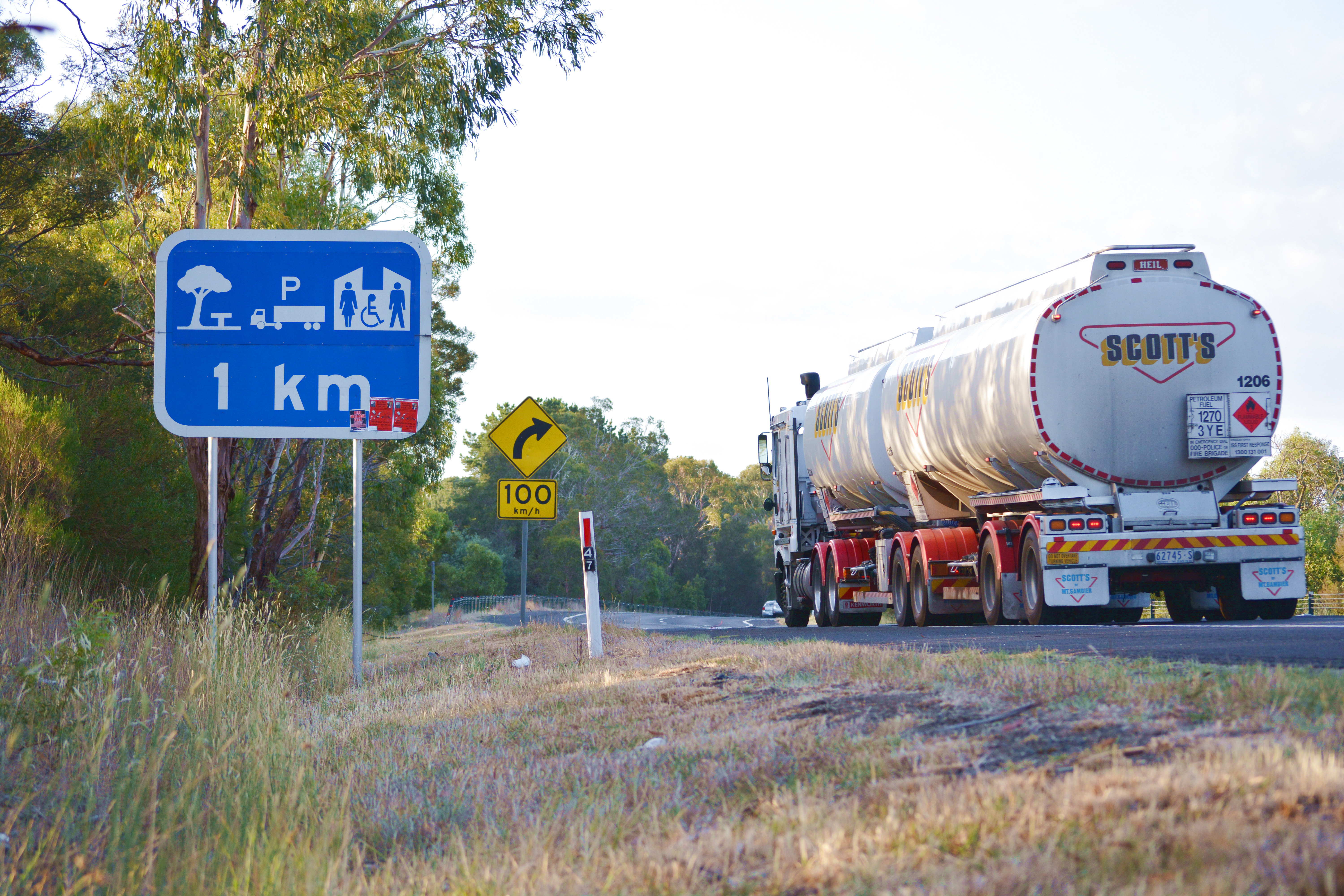Q&A: What happens to your brain when you fatigue?

Clare Anderson is an Associate Professor of Psychology at Monash University and has carved out a career specialising in sleep deprivation and its effects on human performance.
Working with organisations such as VicRoads and the Transport Accident Commission (TAC) and conducting research with the Australian Research Council (ARC), Associate Professor Clare Anderson knows, like few others, the dangers of fatigue and what occurs when it happens. We sat down with Associate Professor Anderson recently to get the latest thinking on driver fatigue – the symptoms, detection, the results and how it can all be avoided.What are some of the signs that a driver is becoming fatigued?
The beginning signs of fatigue can present in many ways, anything from changes in blinking, loss of focus, irritability, to looking too long at a billboard that’s suddenly become more interesting than the road. Some signs of fatigue – such as heavy lids, longer blinking, and crossing lanes – indicate that it’s imperative a driver find a stop to pull over into and have a 20-30 minute nap. When a driver seeks stimulation, such as opening windows, turning up the radio or trying to converse with a passenger or someone on the phone, that’s a sign they need to get some rest.Are there ways to detect fatigue before it becomes a problem?
The need to detect fatigue early in order to reduce the risks of an accident has spawned new technology. Much technology focuses on symptoms occurring quite late in the fatigue process, such as actual falling asleep events. We (Associate Professor Anderson and her colleagues) are working to design better technology that will look at fatigue signs occurring earlier or roadside testing of fatigue. We want to capture fatigue signals, known as ‘bio-markers’, before someone enters the sleep initiation stage. We want to know 10, 20, 30 minutes before that point so we can trigger early warnings that enable a driver to stop safely and take action.What is happening physiologically when someone tires?
Sleepiness is a biological process: with each waking hour, chemicals are building in our brain creating a stronger signal that the brain needs to sleep. When sleep is inadequate or the duration of wake is too long, this sleep signal over-rides the signal to remain awake. Because of this it’s not the content of the waking hours, but the number of hours without rest that count. Remaining awake and alert, and responsive to our environment underpins almost every aspect of our behaviour and ability. Sleep loss can therefore impact our ability to reason, to remember facts, to maintain attention, and to control our emotions. When a task is long and repetitive, it can certainly exacerbate fatigue. Considering the behaviours involved in driving, and the long, boring, monotonous conditions often experienced, fatigue is particularly problematic in a driving context.Are there any programs internationally that have been successful in combating driver fatigue?
There are a few programs out there with their own strengths. For instance, in the UK, despite having a much smaller landmass, they have incorporated anti-fatigue awareness and the effectiveness of counter measures at the learner stage of driving, which is a great place to start. In some US states, new drivers are not allowed to drive at night, which means they don’t have to come to grips with fatigue symptoms and driver inexperience at the same time. In Australia we have the TAC campaigns that have been very effective, and roadside billboards and signage targeting fatigue are great. We also have some of the leading fatigue detection companies located in Australia including Optalert and Seeing Machines, both of which measure changes in eye and eyelid movements to detect and prevent drowsy driving.Any departing advice for our readers?
Don’t wait until your eyes are closing and you’re crossing lanes to take action. Red flags include heavy eyelids or struggling to keep your eyes open, seeking stimulation from inside or outside the car, becoming irritable or simply feeling ‘sleepy’. When you pick up on these changes, which may manifest in anything from heavy eyes to stimulation seeking activity, start looking for a place to stop over and rest at. Of course, if your head is nodding, and you’re struggling to stay awake it’s time to stop as soon as possible; as per the TAC campaign, “you can’t fight sleep”. Obviously, there’s no substitute for sleep, that’s the only real remedy for fatigue. But taking a break, having some caffeinated tea or coffee and sleeping for 20-30 minutes will mitigate the effects of fatigue for a short duration to enable you to find a safe place to stop and rest.


Playtime’s over, get $3,500* to spend on extras.
If you’re ready to get serious about tackling bigger jobs, grab yourself an NLR 45-150 AMT SWB Traypack from the Ready-to-Work range for $62,990 drive away*. And to prove we aren’t playing, buy any NLR Traypack before June 30 and you’ll get $3,500* to spend on genuine accessories or an Essentials service agreement.
Learn more



